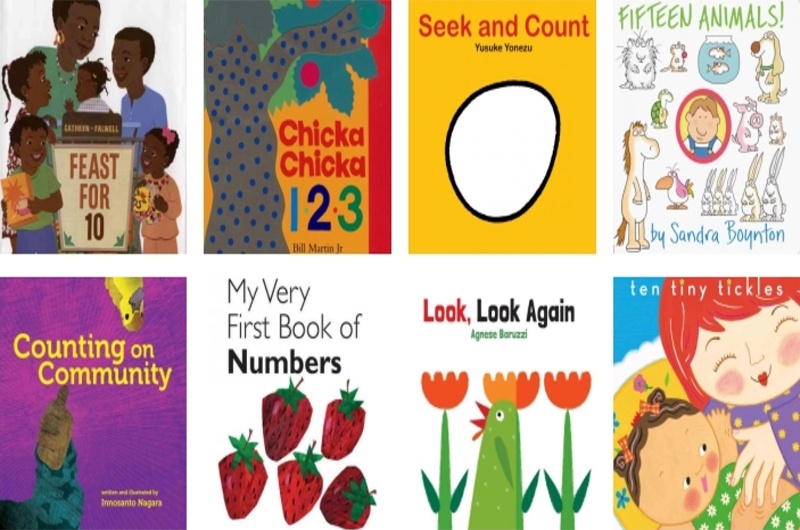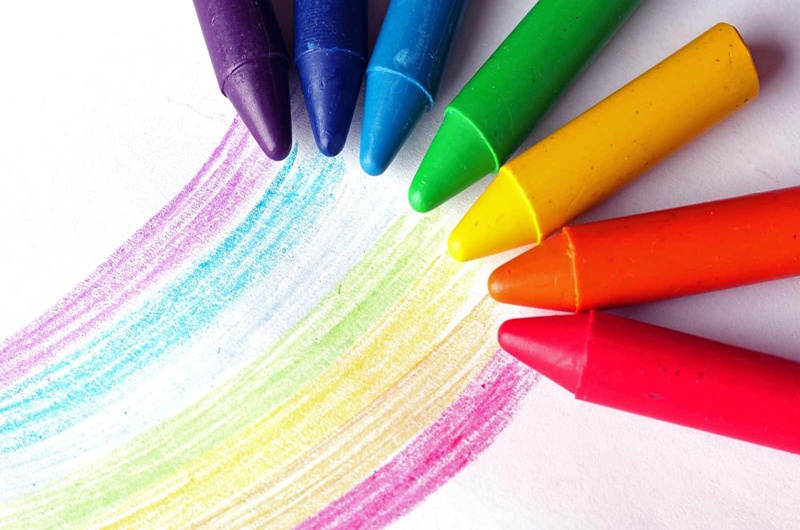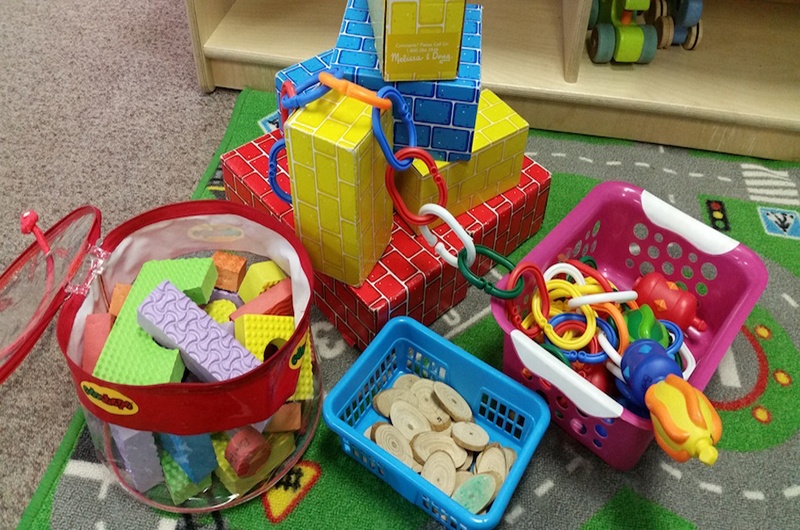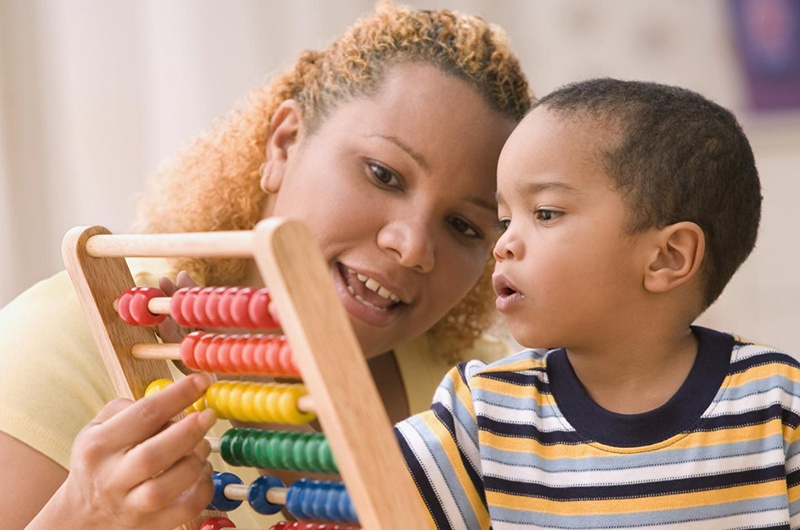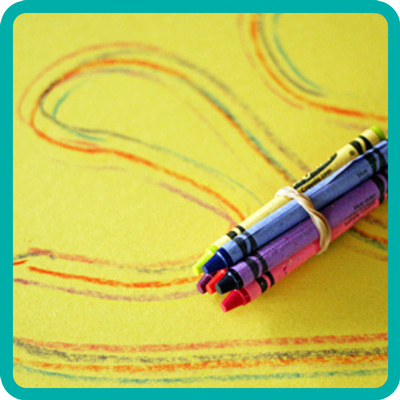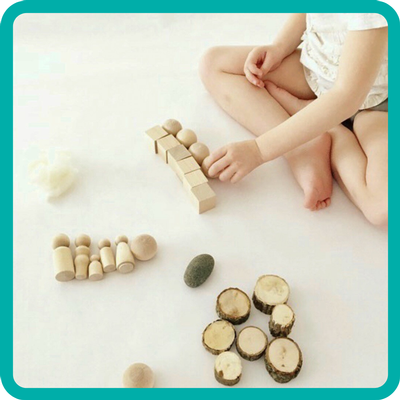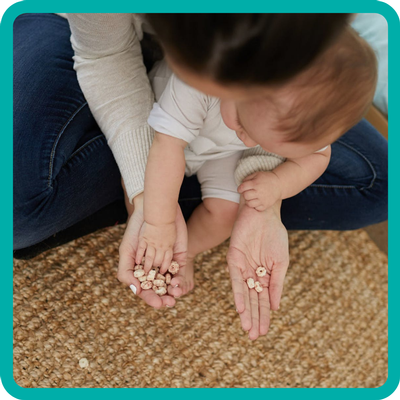Read, Baby, Read is a Free Library initiative focused on encouraging early literacy development among infants and young toddlers under two years old. We work with 12 participating libraries across Philadelphia to reach caregivers of all ages, providing resources that support early literacy skills, language development, and purposeful play. In addition, you can find early literacy tips and resources on our Instagram page @read.baby.read!
Each month, we bring you fun activity ideas with a theme based on the five early literacy practices from Every Child Ready To Read: Read, Sing, Write, Play, and Talk! So far, we’ve explored vehicles, animals, the body, water, food, shapes, feelings, nature, and colors!
This month is all about numbers!
Although babies and toddlers are too young to be learning to count, exploring numbers is a great way to lay the foundation for future math skills. Children need to learn the words for numbers before they can understand numbers as a concept.
READ
There are many fantastic board books about numbers available in the Free Library’s catalog. It’s easy to place holds online for free and schedule curbside pick-up at neighborhood libraries.
- Feast for 10 by Cathryn Falwell
Explore the numbers from one to ten in this story of a family preparing a meal together.
- Chicka Chicka 1 2 3 by Bill Martin
The numbers version of the classic Chicka Chicka Boom Boom is just as fun as the original.
- Seek and Count by Yusuke Yonezu
Children will be using their fine motor skills when they lift the flaps of this simply illustrated counting book.
- Fifteen Animals by Sandra Boynton
This silly book encourages children to count fifteen different animals (fourteen of which are all named Bob!).
- Counting on Community by Innosanto Nagara
Count from one to ten as you explore what community means in this rhyming book.
- My First Book of Numbers by Eric Carle
This book doubles as a puzzle where children can mix and match numbers with pictures.
- Look, Look Again by Agnese Baruzzi
Unfold the pages for a surprise in this board book that calls itself "part counting book, part guessing game."
- Ten Tiny Tickles by Karen Katz
This cuddly counting book explores different body parts. (Watch Sarah and Natasha read it during storytime.)
Other recommendations include Ten Tiny Babies by Karen Katz, Ten Black Dots by Donald Crews, Count With Little Fish by Lucy Cousins, One Lonely Fish by Thomas Flintham, Hamsters Holding Hands by Kass Reich, Numbers by John J. Reiss, Numbers by Xavier Deneux, Counting Kisses by Karen Katz, Jane Foster’s 1 2 3 by Jane Foster, Everything Goes: 1 2 3 Beep Beep Beep! by Brian Biggs, Baby 1 2 3 by Deborah Donenfeld, 123’s by Charley Harper, One Yellow Sun by Michael Arndt, 123 Philadelphia by Puck, One Two Buckle My Shoe by Salina Yoon, Count With Maisy: Cheep Cheep Cheep! by Lucy Cousins, and Counting by Fleur Star.
SING
We love singing number and counting songs in our virtual storytimes! You can watch and listen to Natasha sing "Five Green and Speckled Frogs" with a felt board on our Instagram or watch Sarah sing the action song "Ten Little Fingers." Other classic counting songs include "There Were Ten In the Bed" and "Five Little Ducks." Often childrens’ songs start at a number (such as 5 or 10) and count down from there, but it can be helpful to focus on songs that count up too, since that’s the most common way of counting in everyday life. Some options include "The Ants Go Marching One By One" and "One Two Buckle My Shoe." For more numbers-themed storytime songs, including a variety of lap bounce and finger play rhymes, check out Jbrary’s Counting Songs and Rhymes Playlist on YouTube!
WRITE
One fun and creative way to write with numbers is by attaching multiple crayons or markers together. You can use tape or a rubber band to create crayon pairs, or even just a group of crayons. Make sure the tips of the crayons line up so that they will all press onto the paper at the same time. As children use these "crayon bundles" to draw, they’ll see multiple lines being created from what appears to them to be just one writing tool! Using bundles with different numbers of crayons or markers is a great way to explore numbers. Talk to children about how they made two (or however many) lines instead of just one like usual. Compare the marks and lines made from a crayon bundle to those made from a single crayon. Children will enjoy the surprise of creating double or triple lines while also exploring math concepts like "more" and "fewer."
PLAY
"Loose parts" play is one of our favorites and lends itself well to counting and numbers. Loose parts are usually "found" objects that children can explore and manipulate in an open-ended way. These can be natural materials like pine cones, rocks, and sticks, household objects like napkin rings, cups, and fabric scraps, or recycled items like paper towel tubes, egg cartons, and large bottle caps. Loose parts provide children with lots of benefits, including math benefits. Encourage your child to fill, sort, and dump the loose parts you’ve provided. They’ll be exploring concepts like quantity and size as they do so. The possibilities for loose parts activities are practically endless. As always, make sure to supervise your child when playing with loose parts, and remember that anything that can fit through a toilet paper tube is a choking hazard.
Numbers can be introduced to traditional toy play as well. Peg boards are a great way to include counting during play as you count the pegs out loud. You can make your own peg board out of a shoebox or a cardboard tube. Blocks have many developmental benefits, including helping children develop spatial and mathematical skills. As your child stacks blocks, count the blocks aloud for them. If you have colored blocks (try making your own out of Jenga blocks), encourage your child to sort the blocks by color as well. Sorting and patterning are important math concepts. So even though they’re not usually focused on numbers, shape and color sorters are another great way to build early math skills. Try making your own shape sorter out of cardboard, or check out other sorting activity ideas in our shapes-themed blog post.
TALK
Before 24 months old, children don’t generally understand the meaning or concept of numbers, but talking to them about numbers and math from a young age is a great way to get an early head start on building their math skills. Talk with them about the math you see in everyday life. This includes talking about concepts related to size (bigger and smaller) and quantity (more and fewer). Talking about and using numbers also helps children understand the concept behind the word. Giving these concepts a practical context, such as comparing the size of two oranges or the number of cheerios in two handfuls, helps children internalize these words and ideas better. So introduce counting and math during mealtime, or even during bathtime! While your child won’t yet be able to count along with you, adding these words to their vocabulary is an important first step toward future counting.
Be sure to follow us on Instagram for daily tips and resources about early literacy as well as weekly virtual baby storytimes. And stay tuned for next month’s installment of this blog series with a brand new theme!
Read, Baby, Read’s team includes Early Childhood Specialists Sarah Jacknis and Natasha Smith.
Read, Baby, Read is made possible by a generous grant from the William Penn Foundation.
Have a question for Free Library staff? Please submit it to our Ask a Librarian page and receive a response within two business days.

